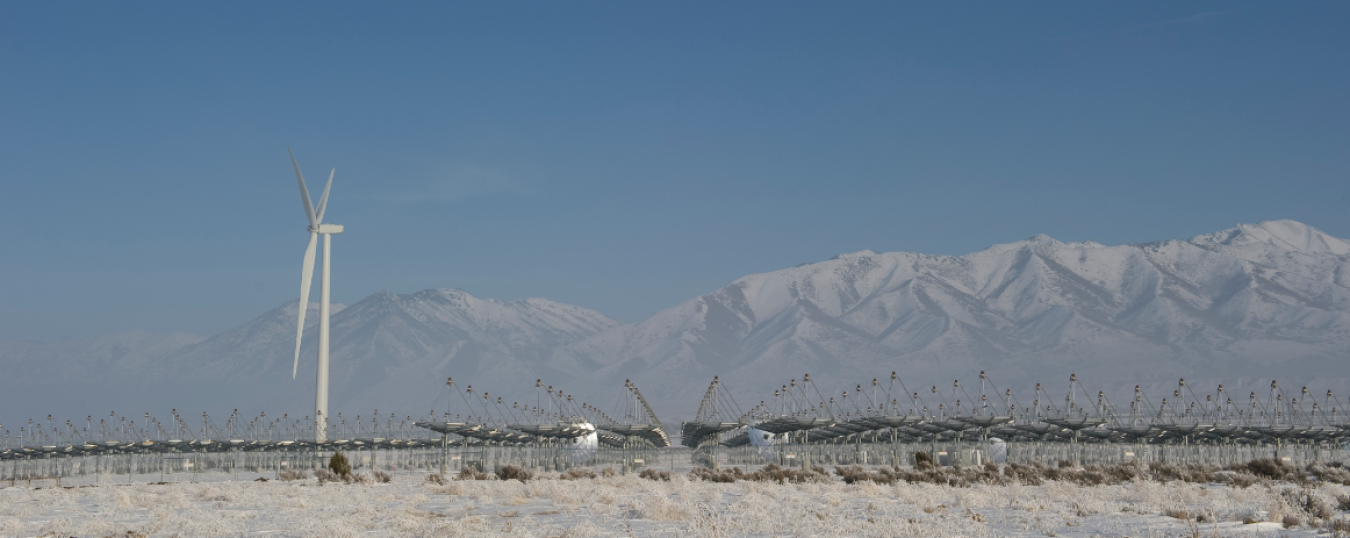
Microgrid testing facility at Idaho National Laboratory’s Energy Systems Lab in Idaho Falls.
Below you will find highlights of past U.S. Department of Energy (DOE)-funded research and development (R&D) projects to create new strategies for incorporating increasing amounts of wind energy into the power system while maintaining economic reliable operation of the grid. For information on renewable systems integration R&D projects currently being supported by DOE, click here.
Grid Planning and Analysis
The office has being supporting efforts to inform power systems planners on how to best represent the characteristics of wind power. This issue is becoming more and more important as broad regional transmission planning efforts evolve. Some highlights include planning and tool development and large-scale studies of future scenarios with large amounts of wind energy on the grid—such as a grid expansion and curtailment study (35% wind), Western Wind and Solar Integration Study (30% wind and 5% solar), Eastern Renewable Generation Integration Study (30% wind and solar), and National Offshore Wind Energy Grid Interconnection Study (54 GW offshore wind)—as well as more localized studies for both land-based and offshore wind.
Integration Studies
For this study, NREL simulated operation of the Western Interconnection under a scenario where 35% of electricity comes from wind in the year 2050 using PLEXOS, an integrated modeling tool commonly used by utilities and transmission organizations. The study includes a baseline scenario assuming no significant transmission expansion across the western grid, as well as three scenarios with varying levels of transmission buildout. The study found that building just four previously proposed transmission projects would reduce wind curtailment by about half. If the nation were to deploy additional transmission beyond those four proposed projects, wind curtailment would be reduced even further—allowing full use of wind energy, reducing generation costs, and unleashing additional economic and societal benefits.
WWSIS was conducted in three phases. Phase 1 showed that it is operationally possible to accommodate 30% wind and 5% solar energy if utilities substantially increase their coordination of operations over wider geographic areas and schedule their generation and interchanges on an intra-hour basis. Phase 2 focused on the wear-and-tear cost and emission impacts of cycling fossil-fueled generators due to high penetration of renewable energy and concluded that the negative impact of cycling is relatively small. Phase 3 further investigated the dynamic performance of the grid following a large disturbance and found out that with good system planning, sound engineering practices, and commercially available technologies, the Western Interconnection can withstand the crucial first minute after severe grid disturbance with high penetrations of wind and solar on the grid.
ERGIS provides insights on likely operational impacts of higher percentage—up to 30% on annual energy basis with instantaneous penetrations over 50%—of combined wind and photovoltaic (PV) generation in the Eastern Interconnection. The impacts of variable and uncertain conditions caused by wind and PV on reliability and economic condition were investigated. Specifically, a 5-minute scheduling was simulated to evaluate how electricity demand could be met by sub-hourly dispatch. The project also demonstrated advanced techniques for power system modeling.
NOWEGIS was a national-level study (of the lower 48 states) that considered the resources, technologies, and regulatory environment that may advance or hinder the large-scale introduction of offshore wind into the U.S. energy portfolio. Findings from the report suggest that the United States has sufficient offshore wind energy resources to enable the installation of at least 54 gigawatts of offshore wind capacity, and that the appropriate transmission technologies already exist to connect this offshore wind energy to the grid.
The objective of the project was to remove market barriers that limit the deployment of offshore wind in the coastal regions. Duke Energy examined the impact of three different levels of offshore wind development in the Carolinas, including the need for additional transmission, increase of reserves, and system performance.
The goal of the project was to remove market barriers that may limit the deployment of offshore wind in the Great Lakes region. Case Western Reserve University’s case study identified specific integration needs for a 1,000-MW Lake Erie wind plant and recommended appropriate system upgrades. It also developed general recommendations for interconnecting large Great Lakes wind plants to the grid, including requirements and/or upgrades for transmission system characteristics.
For this study, NREL examined the possible operational challenges associated with large additions of distributed wind generation. A two-step approach was taken:
- Study the voltage limitation factors for successful interconnection of large-scale wind generation at typical distribution feeders
- Study the impacts of smaller scale wind turbines, with power electronics, on steady-state system operations and voltage profiles. Impact of distributed wind on bulk power system, in particular, to the static and dynamic operation of ISO New England were investigated.
Grid Planning Tools Development
Idaho National Laboratory integrated Computation Fluid Dynamics (CFD)-enhanced dynamic line rating data sets as geospatial layers and developed a software architecture for a wind-based transmission planning tool. The tool will ultimately assist in identifying thermal constraints of new conductor routes to support increased wind penetration.
Two existing NREL testing capabilities, the Energy Systems Integration Facility and the National Wind Technology Center, were integrated into a combined multi-megawatt scale test bed for grid integration testing and demonstration of renewable technologies, energy storage and demand response at both transmission and distribution levels.
For this project, NREL performed dynamic model development, simulation studies, and various investigations to better understand the dynamic behavior of the wind power plant and the power system under scenarios of high levels of wind penetration. Both individual turbine behavior and the collective behavior of wind power plants were included in the scope. The results of the work provided power system planners with various control options to utilize the capability of advanced controls for modern wind turbines, wind power plants, and power system.
Sandia National Laboratories continued the effort to fully develop, validate, and disseminate wind turbine generator models for use in power system planning and analysis. The project helped to reduce wind integration barriers by making validated generic generator models available to system planners for use in interconnection studies, without the need to seek manufacturer-specific models which is a long and cumbersome process.
Grid Operation and Market Impact
While it has been shown that the electricity grid can reliably integrate much larger amounts of variable renewable energy than are currently deployed, the variability of wind energy and the uncertainty of wind forecasts bring new challenges for energy market and grid operation. The office has been working continuously with researchers and industry to identify the impacts and provide solutions. Some recent highlights include studying how wind technology can assist the power system through active power controls, and studying how wind can cool transmission lines thereby increasing transmission line capacity.
Researchers at NREL embarked on a comprehensive study to understand the ways in which wind power technology can assist the power system by providing control of its active power output. The study included a number of different power system simulations, control simulations, and actual field tests. It offers value insights into how wind power-provided active power controls can benefit numerous parties by reducing total production costs, increasing wind power revenues streams, improving grid reliability and security, and providing efficient responses that are in many cases superior to the responses of conventional generation, all while limiting any structural and loading impacts that may shorten the life of wind turbines or its components.
This project led by Idaho National Lab developed an operational dynamic line rating system that is utilized by partnered utility control centers. The Transmission Route Engineering Design and Analysis toolkit provides industry with a low cost solution that allows transmission operators to make informed decisions by providing transmission capacity operating limits based on real time weather simulation models. The ability to reliably make such estimates on a large scale with high spatial resolution—brings power utilities one step closer to using a transmission system dynamically coupled with concurrent cooling processes—to yield greater all-around benefits.
This project led by NREL and Argonne National Laboratory, was one of the first to link together wholesale electricity market and generation expansion models with production cost simulation and reliability analysis. The project produced a framework consisting of reliability and market models that helped better understand the impacts of wind on the bulk power system.
NREL and Pacific Northwest National Laboratory (PNNL) developed an innovative, integrated, and transformative approach to mitigate the impact of wind ramping and reduce integration costs by designing flexible ramping products that co-optimized energy, reserves, and ramping.
For this project, NREL developed tools to use phasor measurement unit data from power system planning and operation in the context of high penetration wind power generation. By collaborating with partners, methods were developed to improve situational awareness, measure real-time characteristics of power system dynamics, and track the stability margin of the power system.
For this project, Argonne National Laboratory evaluated the benefits of using stochastic scheduling and dispatch approaches by comparing the more advanced methods to traditional deterministic approaches, both from qualitative and quantitative perspectives. A consistent set of evaluation metrics, including system costs, reliability, energy and reserve prices, and computational requirements, was developed to assess different operational strategies. These metrics were used to evaluate the benefits of stochastic programming on a hypothetical test system.
Articles About Renewable Systems Integration
-
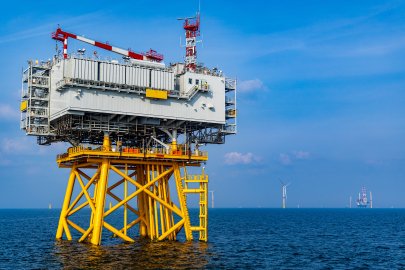 DOE's Office of Electricity and WETO plan to issue the REIMAGINE BREAKERS NOFO to support research and development related to high voltage direct current (HVDC) power circuit breakers.
DOE's Office of Electricity and WETO plan to issue the REIMAGINE BREAKERS NOFO to support research and development related to high voltage direct current (HVDC) power circuit breakers. -
 Three reports highlight industry development, expansion, and the policies and incentives driving wind energy forward.
Three reports highlight industry development, expansion, and the policies and incentives driving wind energy forward. -
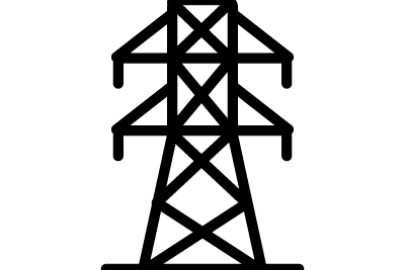 With support from the U.S. Department of Energy’s Wind Energy Technologies Office, the National Renewable Energy Laboratory is helping grid operators and equipment manufacturers successfully adapt to the energy transition using the Grid Impedance Scan Tool.
With support from the U.S. Department of Energy’s Wind Energy Technologies Office, the National Renewable Energy Laboratory is helping grid operators and equipment manufacturers successfully adapt to the energy transition using the Grid Impedance Scan Tool. -
 An Idaho National Laboratory report takes the first comprehensive look at cyberattack risks that could jeopardize U.S. wind energy systems and real-world events that have affected wind energy systems and organizations around the world.
An Idaho National Laboratory report takes the first comprehensive look at cyberattack risks that could jeopardize U.S. wind energy systems and real-world events that have affected wind energy systems and organizations around the world. -
 While studying mechanical engineering at the University of Texas in Austin, Paquette became interested in structural components and composite materials. Although he originally planned to pursue work in the aerospace industry, he jumped at the opportunity to work at Sandia on wind turbine blades—the largest composite structures in the world.
While studying mechanical engineering at the University of Texas in Austin, Paquette became interested in structural components and composite materials. Although he originally planned to pursue work in the aerospace industry, he jumped at the opportunity to work at Sandia on wind turbine blades—the largest composite structures in the world. -
 EERE intends to issue multiple funding opportunity announcements totaling over $100 million to modernize the grid and prepare the electricity system to support a clean energy economy for all Americans.
EERE intends to issue multiple funding opportunity announcements totaling over $100 million to modernize the grid and prepare the electricity system to support a clean energy economy for all Americans. -
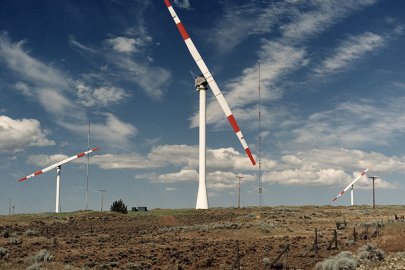 The DOE-NASA Mod-Series Wind Turbine Program precedes the modern wind energy industry in the United States. For over two decades, with five distinct models built, the program helped shape a cost-competitive wind energy industry through funding and R&D.
The DOE-NASA Mod-Series Wind Turbine Program precedes the modern wind energy industry in the United States. For over two decades, with five distinct models built, the program helped shape a cost-competitive wind energy industry through funding and R&D. -
 Wind Forecast Improvement Project will Monitor Weather, Ocean, and Wildlife Data Near Active and Proposed Offshore Wind Farms off the East Coast
Wind Forecast Improvement Project will Monitor Weather, Ocean, and Wildlife Data Near Active and Proposed Offshore Wind Farms off the East Coast -
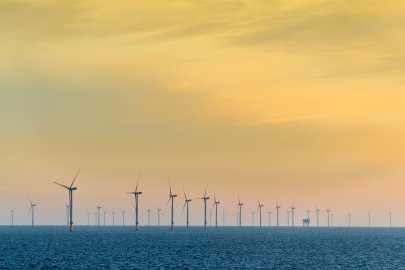 A new report for the International Energy Agency Wind Technology Collaboration Programme summarizes the findings of a meeting of global wind energy experts who identify the five Grand Challenges
A new report for the International Energy Agency Wind Technology Collaboration Programme summarizes the findings of a meeting of global wind energy experts who identify the five Grand Challenges -
 Learn how a utility in Fairbanks, Alaska, and a national lab used tools to simulate the impact of clean energy technologies on the city’s power system.
Learn how a utility in Fairbanks, Alaska, and a national lab used tools to simulate the impact of clean energy technologies on the city’s power system.

